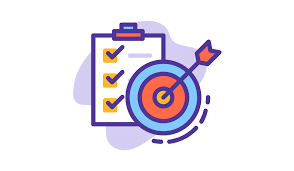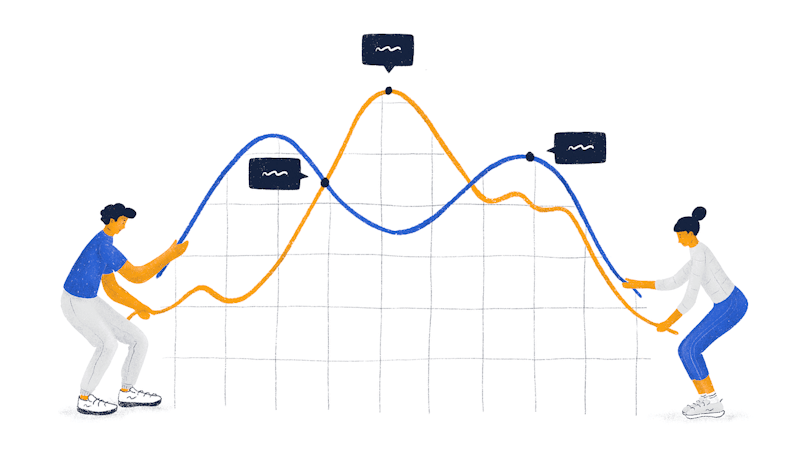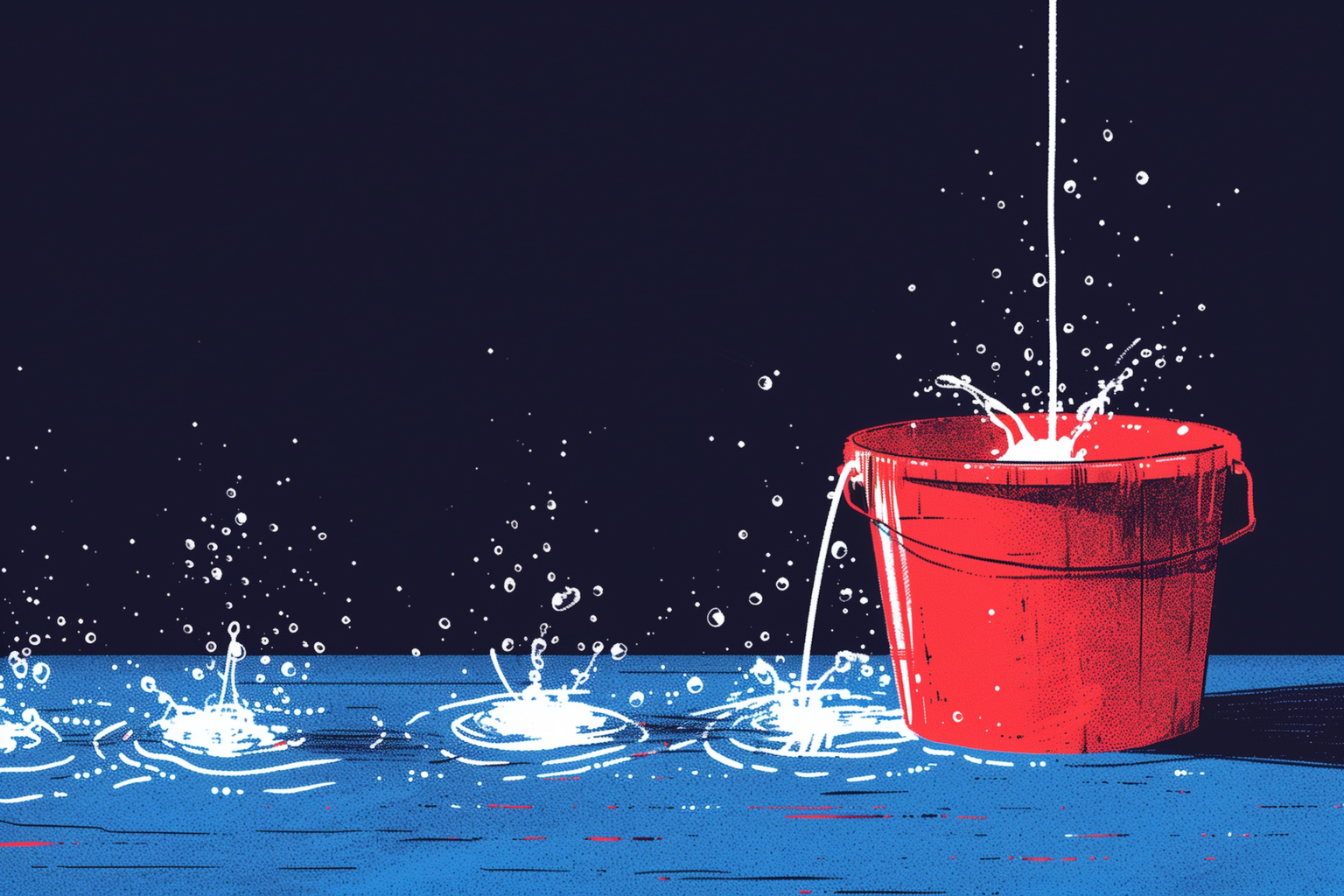What is an Average churn rate for SaaS
Customer churn is a painful reality for SaaS businesses. Every lost client represents not just a financial setback, but a missed opportunity to deliver value. While the sting of churn is familiar to customer success managers, understanding what constitutes a "normal" churn rate can be challenging.
Churn happens in every business. You can't expect all customers to stay forever loyal to your business. But how much is too much for SaaS companies? And, more importantly, how does your churn rate compare to others in your industry?
We'll explore what's considered an average churn rate for SaaS businesses, ways to lower high churn rates, factors that impact churn, and how SaaS businesses can set and beat strong churn rate targets.
What's the average churn rate for SaaS?
Customer success managers often wonder if their churn rate is average. More importantly, they want to know how to reduce it.
A SaaS company's growth isn't just about getting new customers. Keeping churn rates low is crucial. This means focusing on customer retention and satisfaction.
Many sources say the normal SaaS churn rate is around 5%. A good target is under 3%, but there's more to consider with this metric. Understanding the details of your churn rate can make a big difference in your company's growth.
What leads to customer churn?
Customers leave businesses for various reasons, such as poor experiences, lack of product updates, or high costs. Identifying these causes helps companies address issues and keep customers satisfied.
Low Engagement
Users need to feel valued to stay loyal. Engage them regularly with meaningful content. Share valuable information through emails or social media to keep them interested and connected to your brand.
Tip: Work with marketing to make stuff customers love. Help create guides, answer lists, blog posts, or FAQ’s to boost engagement.
Subpar Service
Good customer service is key to business success. Slow responses to concerns can drive customers away. Make sure your service team is skilled, fully trained and has the right tools to deliver exceptional support.
Price Concerns
Product cost can significantly impact your churn rate. If users find better deals elsewhere, they might switch. Analyze the market to offer competitive pricing. Consider tiered options to give customers choices and encourage loyalty.
Unmet Customer Needs
Customers may leave if your product doesn't meet their needs or expectations. Regularly collect and act on customer feedback to improve your product. This helps ensure you're meeting their needs and can reduce churn.
Competition Offers
Competition is fierce, especially online. Stay informed about competitor offers. Keep innovating and improving your products, pricing, and customer service to stay ahead.
Churn rate For SaaS companies: What Numbers to Target?

SaaS companies should target 8% or less annual churn rate for sustainable growth. This applies to both dollar churn and customer churn. A 2023 SaaS Survey, which included 150 SaaS businesses, revealed important metrics
The survey found
Yearly revenue loss or Median gross dollar churn: 12%
yearly customer loss or Annual median logo churn: 13%
Median annual gross dollar churn: 12%
Key point: These are not monthly churn rates. Monthly rates compound over time. A 10% monthly churn might seem manageable, but it means replacing your entire customer base every 10 months or so.
Remember, other factors affect average churn rates, including industry and customer experience quality. What's high for one business might be average for another.
Average SaaS churn rate in Different industries
Churn rates differ across industries. Understanding your industry's average helps you assess your customer experience success.
Here's a breakdown of average churn rates by industry:
Average churn rate in Financial/credit - 25%
Average churn rate in Big box electronics - 11%
Average churn rate in Online retail - 22%
Average churn rate in SaaS companies - 13%
Average churn rate inHealthcare - 6%
Average churn rate in Digital media and entertainment - 6%
What impacts the average churn rate?

An acceptable churn rate for a particular company might be concerning for another.
Your SaaS company's unique aspects can affect your overall average churn rate. Consider these factors when analyzing your churn rate benchmarks.
B2C vs. B2B SaaS churn rates
B2C businesses usually have higher churn than B2B. B2B purchases involve longer, more methodical decision processes with multiple approvals. So, there are lower chances of businesses canceling without notice or discussion.
B2C SaaS products often see higher churn. This partly stems from involuntary churn (individuals track purchases less carefully than businesses) and more impulse buying.
SaaS company size and churn rate
A company's revenue can impact churn. Smaller companies or those with fewer customers often have a higher churn rate, especially when it comes to revenue churn.
Larger businesses often have more enterprise deals, which have a churn due to thorough buying processes. Small businesses and startups without a stable and predictable user base or significant enterprise revenue typically see higher customer loss. For these companies, addressing churn is crucial as acquiring new customers is more challenging early on.
5 factors explaining varied average churn numbers
Churn rates differ widely due to company and market differences. These rates vary across external factors (like market and customer willingness to pay) and internal factors (like pricing, contract length, and company age).
Here are five factors linked to churn rate variations
1. Low ARPU links to Higher churn
High ARPU (average revenue per user) businesses see higher churn. Companies with under $100 monthly ARPU often see 3-16% churn (6-9% median) in their monthly gross revenue.
2. Industry impacts average churn rates
A 2018 Recurly study of 1,500+ subscription companies showed
SaaS companies averaged 4.8% churn (2.9% - 8.5% range)
Media and entertainment 5.2%
Healthcare 7.5%
Education and consumer goods 9.6%
Subscription boxes highest at 10.54%
3. Reduce churn by choosing longer contracts
Current customers churn less than new ones. Companies with longer or annual contracts typically have lower churn and higher customer lifetime value.
4. Older SaaS companies have less churn
Churn improves with company age. Companies under three years old see 4-24% churn, while 10+ year old companies see 2-4%.
5. Funded SaaS businesses generally have higher churn rates
Venture funding doesn't always solve churn issues. Funded companies often have 20-30% higher churn than bootstrapped ones.
Wrapping up churn rates in SaaS
Understanding your SaaS company's churn rate is crucial for sustainable growth. While the average rate hovers around 5%, aiming for under 3% can set you apart. Remember, churn rates vary based on industry, company size, and other factors.
To reduce churn, focus on customer engagement, excellent service, competitive pricing, and meeting customer needs. Regularly analyze your churn rate and compare it to industry benchmarks. This helps you spot issues early and take action to keep your customers satisfied.
By tracking and managing your churn rate effectively, you'll build a loyal customer base and drive long-term success for your SaaS business.
Ready to boost customer retention?
Our UX AI agency can help you create engaging user experiences that keep customers coming back. Let's work together to reduce your churn rate and grow your SaaS business. Get in touch today to learn how we can optimize your product for maximum customer loyalty and satisfaction.
FAQ’s:
1. What's a good churn rate for SaaS companies?
For established SaaS companies targeting big businesses, aim for 5-7% annual churn. If you're newer or serve smaller businesses, expect about 5% monthly churn. Remember, some churn is unavoidable, but keep working to lower these rates over time.
2. What does a 5% churn rate mean?
A 5% churn rate means you're losing 5% of your customers in a given period. For example, if you have 1,000 customers, a 5% annual churn means you'd lose 50 customers per year, or about 4-5 per month. Top companies aim for less than 1% monthly churn.
3. How does churn differ from turnover?
In business, churn and turnover often mean the same thing. Both terms refer to the number of employees who leave a company during a specific time, usually a year. However, 'churn' can also apply to customers leaving, not just employees.
4. Can a churn rate be negative?
Yes, you can have negative churn - and it's a good thing! Negative churn happens when you earn more money from existing customers (through upsells or expansions) than you lose from customers leaving. It's a sign your business is growing even without new customers.
5. What's a churn target?
A churn target is your goal for how many customers you want to keep. It measures how many customers stop using your product over a specific time period. You might set monthly, quarterly, or annual churn targets. For subscription businesses, churn often means failing to renew.





